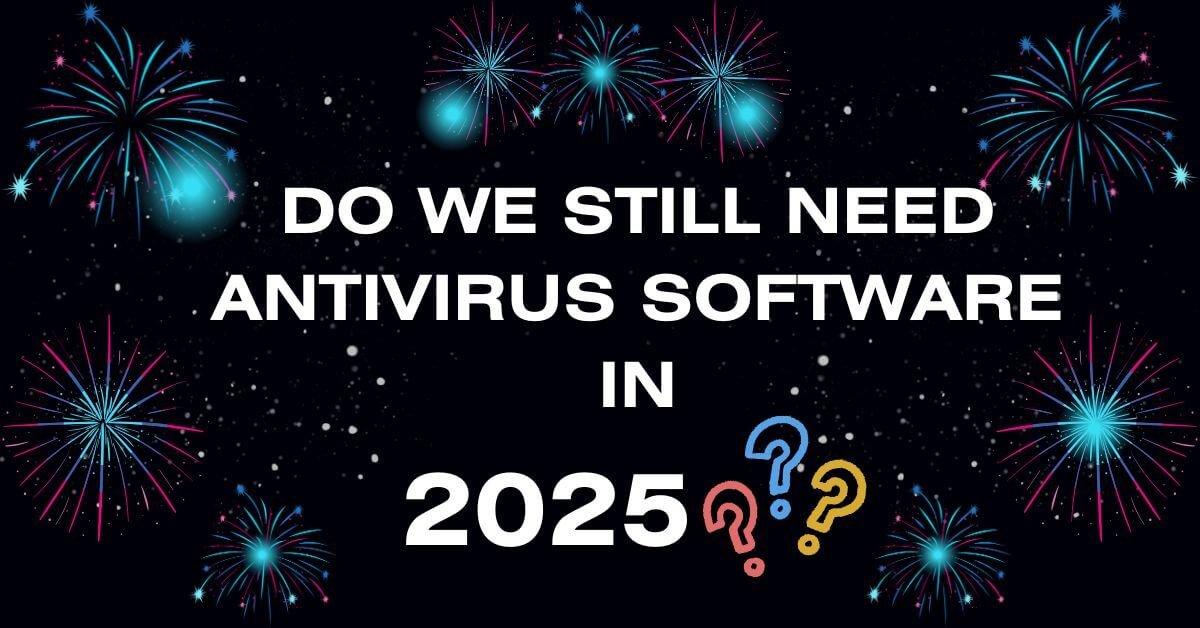📡 Intro: Microsoft’s AI Prototype Can Reverse-Engineer Malware—No Human Needed
In a recent MSN Technology article, Microsoft unveiled Project Ire, an AI system capable of autonomously reverse-engineering malware. Unlike traditional tools, Project Ire can analyze threats directly from memory dumps, identify malicious behavior, and generate insights—without human intervention.
The goal? Faster, scalable cyber defense for governments and enterprises. The implication? A future where AI doesn’t just assist—it leads.
🔍 What This Means for the Philippines
While global tech giants move toward autonomous cybersecurity, most Filipino institutions still rely on:
- Outdated antivirus software
- Manual audits and outsourced IT support
- Training modules that teach theory, not threat modeling
Project Ire isn’t just a breakthrough—it’s a wake-up call. It shows what’s possible when AI is used for defense, not just design.
But here’s the real question:
Is it safe to leave everything to AI—or should we keep the paranoia?
In cybersecurity, to think paranoid is best practice. Trusting AI blindly is not strategy—it’s surrender. Filipino systems must be built with skepticism, layered defense, and human oversight baked in.
🧒 Too Cryptic? Explain Like I’m 12
Imagine there’s a virus hiding in your computer. Usually, a human expert has to find it, study it, and figure out how it works. But now, Microsoft made a robot brain that can do all that—by itself. It looks at your computer’s memory, finds the bad stuff, and explains what it’s doing.
That’s cool, right?
But here in the Philippines, most computers don’t even have good protection. So while other countries use robot brains to fight viruses, we’re still using old programs and hoping for the best.
And even if we get AI tools, we still need to double-check. Because smart doesn’t mean safe. And paranoid doesn’t mean wrong.
🧠 What We Can Learn—and Build
Filipino cybersecurity doesn’t need billion-dollar prototypes. It needs community-owned tools, AI literacy, and quiet systems that protect real people:
- 🧑💻 Youth-led ethical hacking programs
- 🛠️ Open-source AI for barangay-level threat detection
- 📊 Public dashboards built by students, not consultants
Project Ire shows us what’s possible. Now let’s reverse-engineer the system that kept us out.






